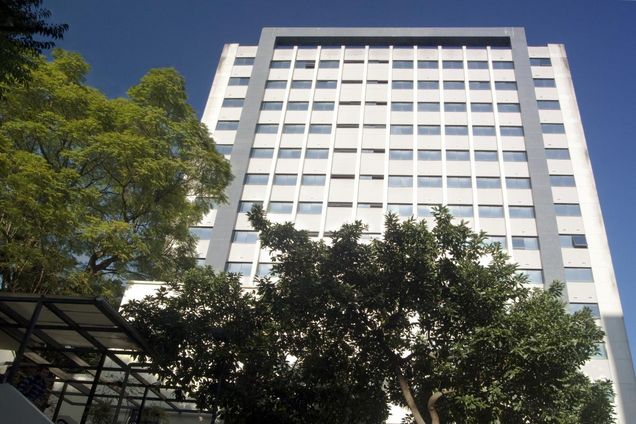Escola de Economia de Sáo Paulo
Partner University of HSBA
About Escola de Economia de Sáo Paulo da Fundaçáo Getulio Vargas (FGV-EESP)
FGV (Fundação Getulio Vargas) is a leader in education in Brazil and abroad. It counts undergraduate, master’s and doctoral programme as well as consulting services to its portfolio and works with its heart and mind aimed at stimulating national development. As a center of excellence, however, its concern is to always be an innovative institution, for its 10.000 students and society as a whole. What’s also important, FGV as the overarching institution boosts a long history as it was established in 1944 and is considered as one of the best private institutions in South America. It’s School of Business Administration has the “triple crown” accreditation: EQUIS, AACSB and AMBA.
Join the modern and innovative environment and study abroad at FGV- EESP- Sáo Paulo School of Economics and dive into a world of cultural diversity and economic dynamism! An exchange semester at the prestigious Escola de Economia de São Paulo offers you not only the opportunity to expand your academic horizons but also an unforgettable experience in a vibrant metropolis. Immerse yourself in the fascinating tapestry of São Paulo, where modern economy meets traditional culture. Experience dynamic teaching methods, interactive courses, and forge international connections that will enrich your personal and professional network. Discover new perspectives, gain valuable experiences, and prepare to view the world of economics from an entirely new angle. São Paulo awaits you with open arms – get ready to embark on your study abroad adventure!
Link to Escola de Economia de Sáo Paulo
link to page for Exchange Students at Escola de Economia de Sáo Paulo
Interested in a semester abroad at this institution? Please contact the HSBA International Office at international(at)hsba.de and request access to the "Outgoings" team where you will find relevant information on this destination such as semester dates, course lists, experience reports, the number of places available and more.

